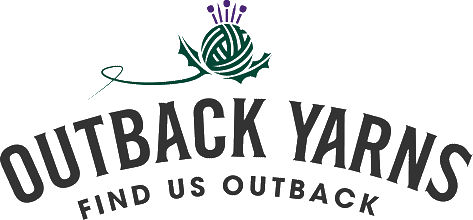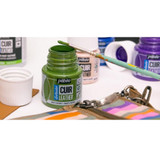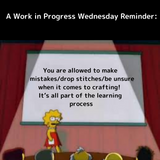Sewing Pins - What a choice!!
The helpful guide to choosing what pin does what and where best to stick it!
Sewing pins
are one of the most important and helpful tools in haberdashery next to needles!
They can ensure projects turn out successfully by providing a temporary hold while bits of cloth are being cut out accurately, sewn together in the right order, adjustments can be made for a better fit, or simply as an emergency measure to stop bits from dropping off.
Of course pins, those bits of metal with a head at one end and ideally a sharp tip at the other can be used in a massive number of ways and have been designed and adapted to meet needs, from hat pins to sequin pins.
Here we have collated some hopefully helpful info on pins for dressmaking.
The options are great, even in this category but we have kept the list to the basic and most popular.
We will update this list as we go!
To keep things simple we’ll be referring to a particular brand, Hemline as they offer a good, wide choice.

And we’ll list any sewing terms mentioned at the end, so lets go!
Bridal, Lace & Shirt Pins
These are shorter and finer than traditional pins and are specially designed for finer and more delicate fabrics, such as silk, lace and satin, and these pins won’t leave holes after pinning.
These pins are also used for attaching different types of lace, such as for bridal wear, nightwear, or even lingerie.


Plastic Headed
These pins are quite popular amongst haberdashers and quilters as they’re a good length and the round coloured heads make them easy to see, especially when removing and placing, and they help prevent the pins getting buried and lost in fabrics and are easier to see when using a sewing machine. They can also be used with a variety of fabrics. Great for general household use or crafts!
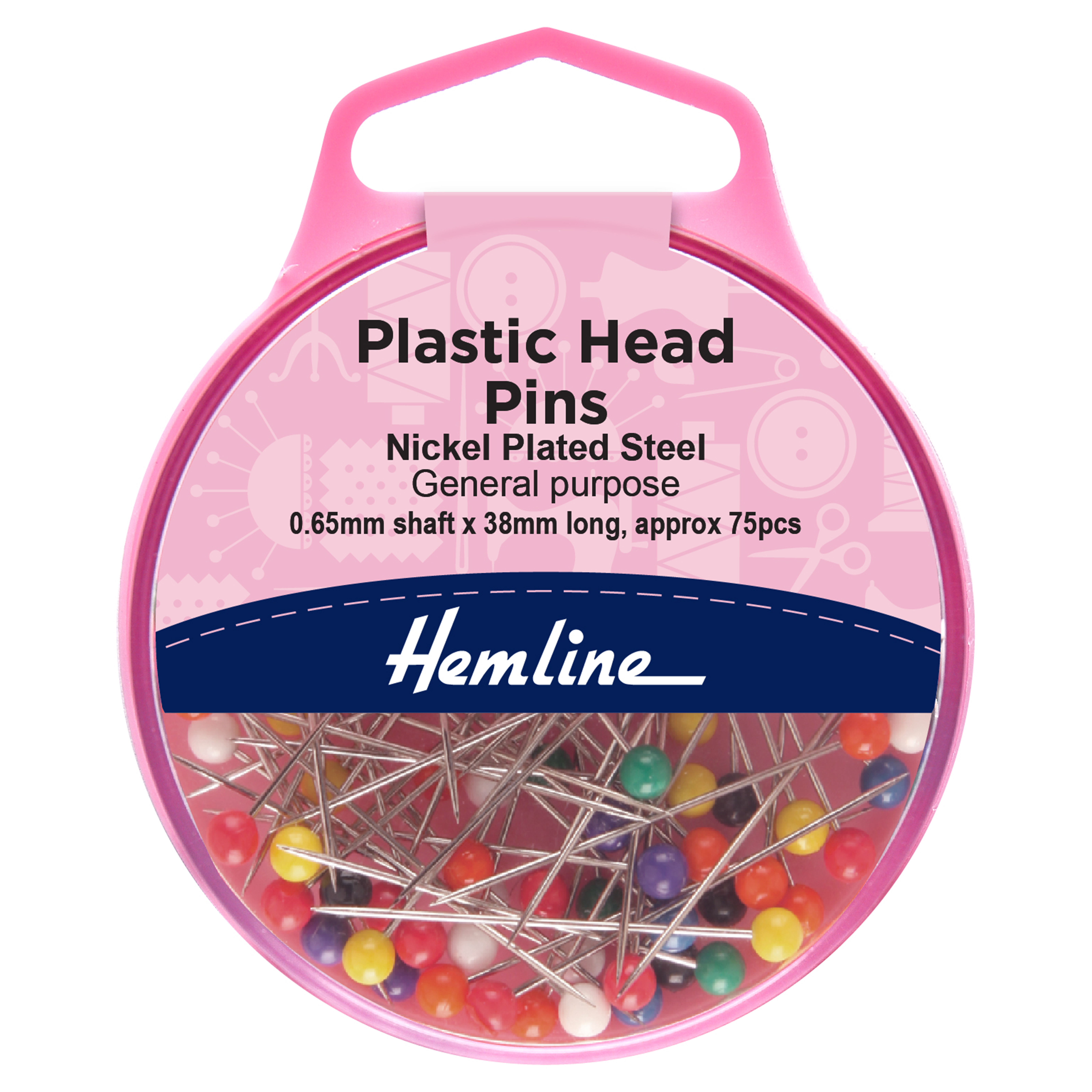
Glass Headed
Like the plastic headpins, these pins are quite popular amongst haberdashers and quilters, much for the same reasons and the glass heads on these pins are also quite resilient against the heat of an iron and are perfect for blocking.

Flower Headed
These pins are more popular to use than other standard dressmaking or sewing pins because they come with large, flat, coloured heads and fine long shafts making them ideal for range of sewing uses and the heads make them easier to see and remove and also help them lie nice and flat, so a sewing machine foot can just glide over them! And better yet their heads are resistant to heat, so they can also be ironed over. Also note that the heads are available in various shapes from other brands.
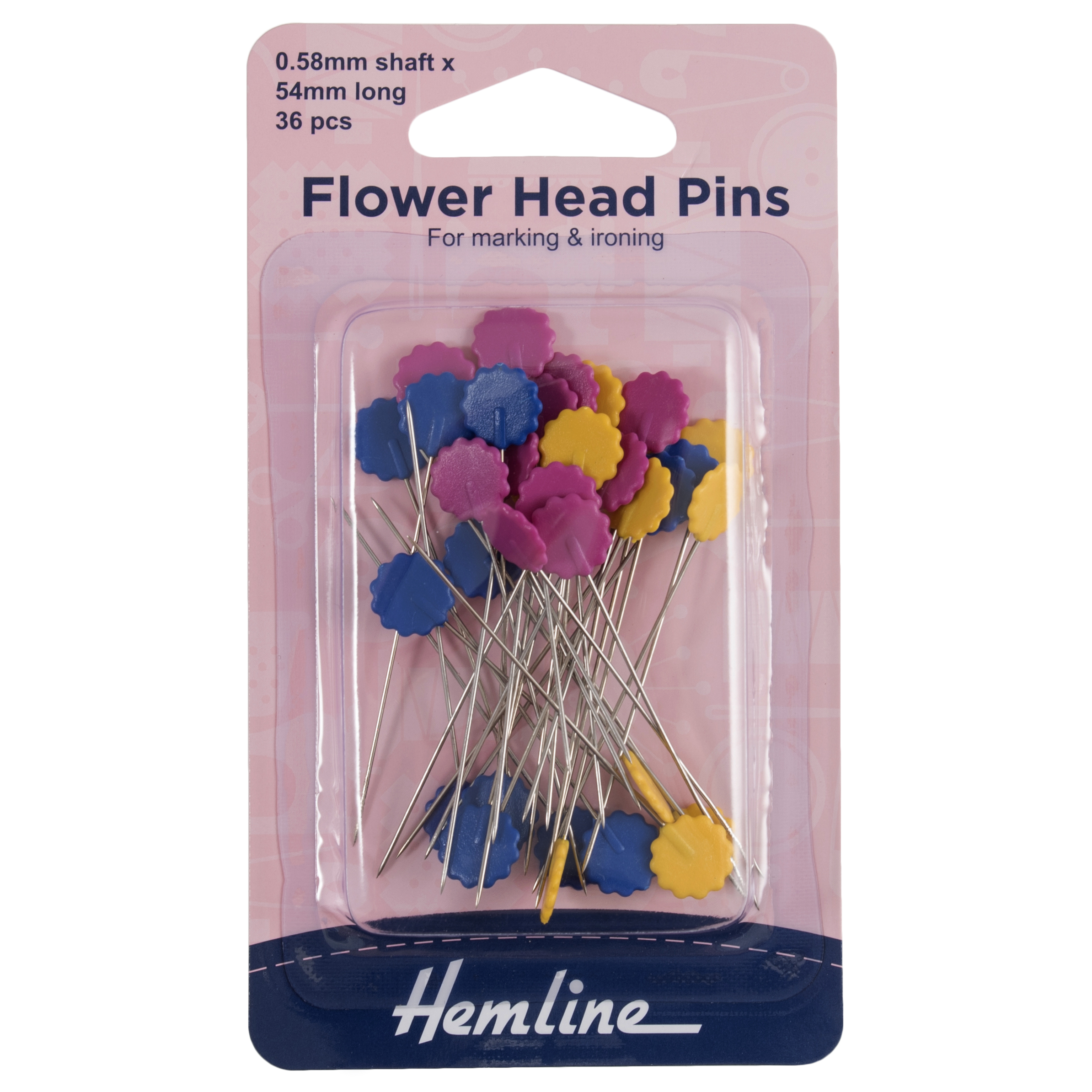
Standard / Economy Pins
These are flat-headed pins that are commonly used in dressmaking and are often used to pin patterns to fabric, and to hold fabrics together for basting. These pins are also a bit cheaper than other pins.
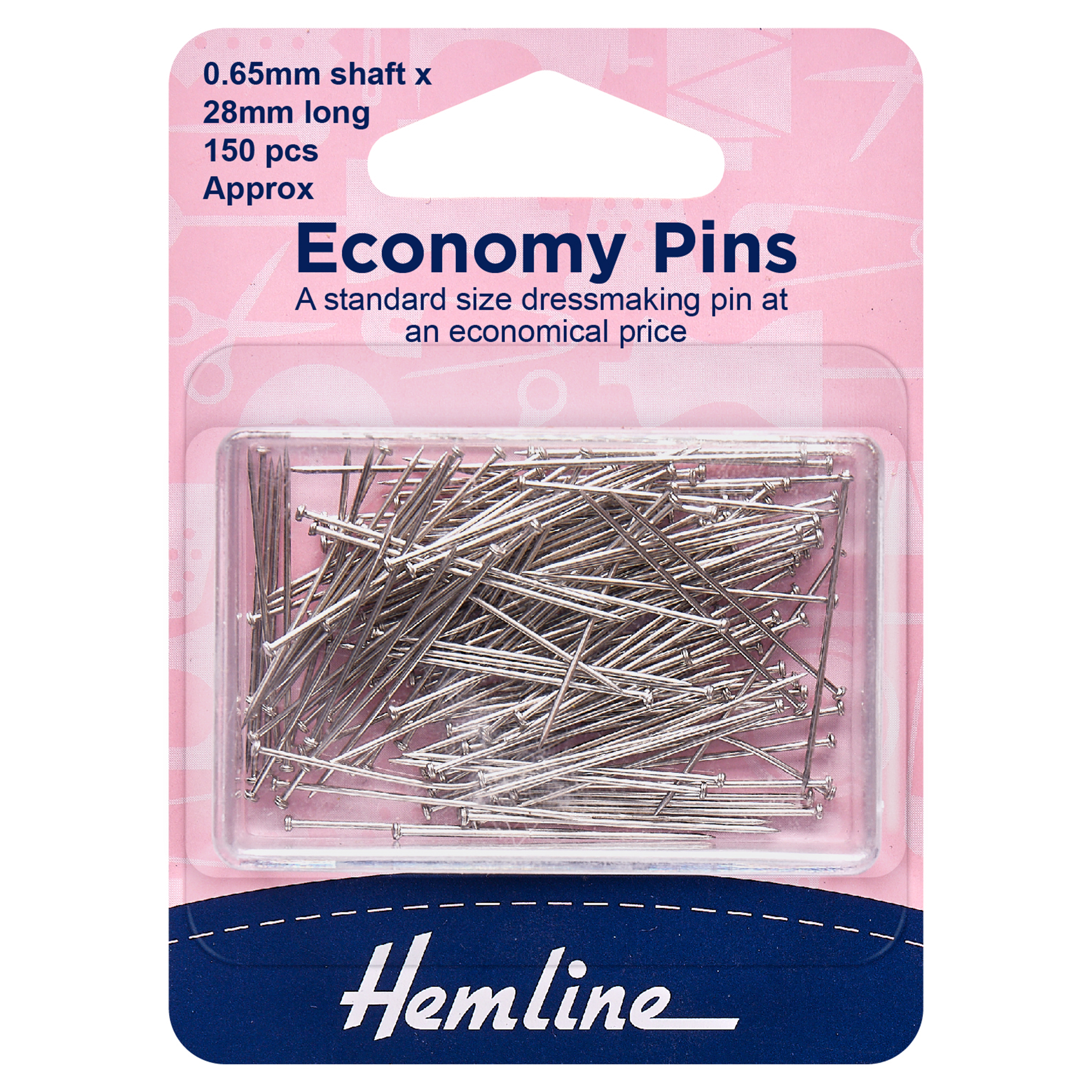
Hat / Florist Pins
These decorative pins are shorter than traditional hat pins and are used by milliners for hat decoration and recently by florists to decorate flowers, by placing them into the centres of flowers. The heads for these pins tend to be rather decorative and can vary between suppliers.
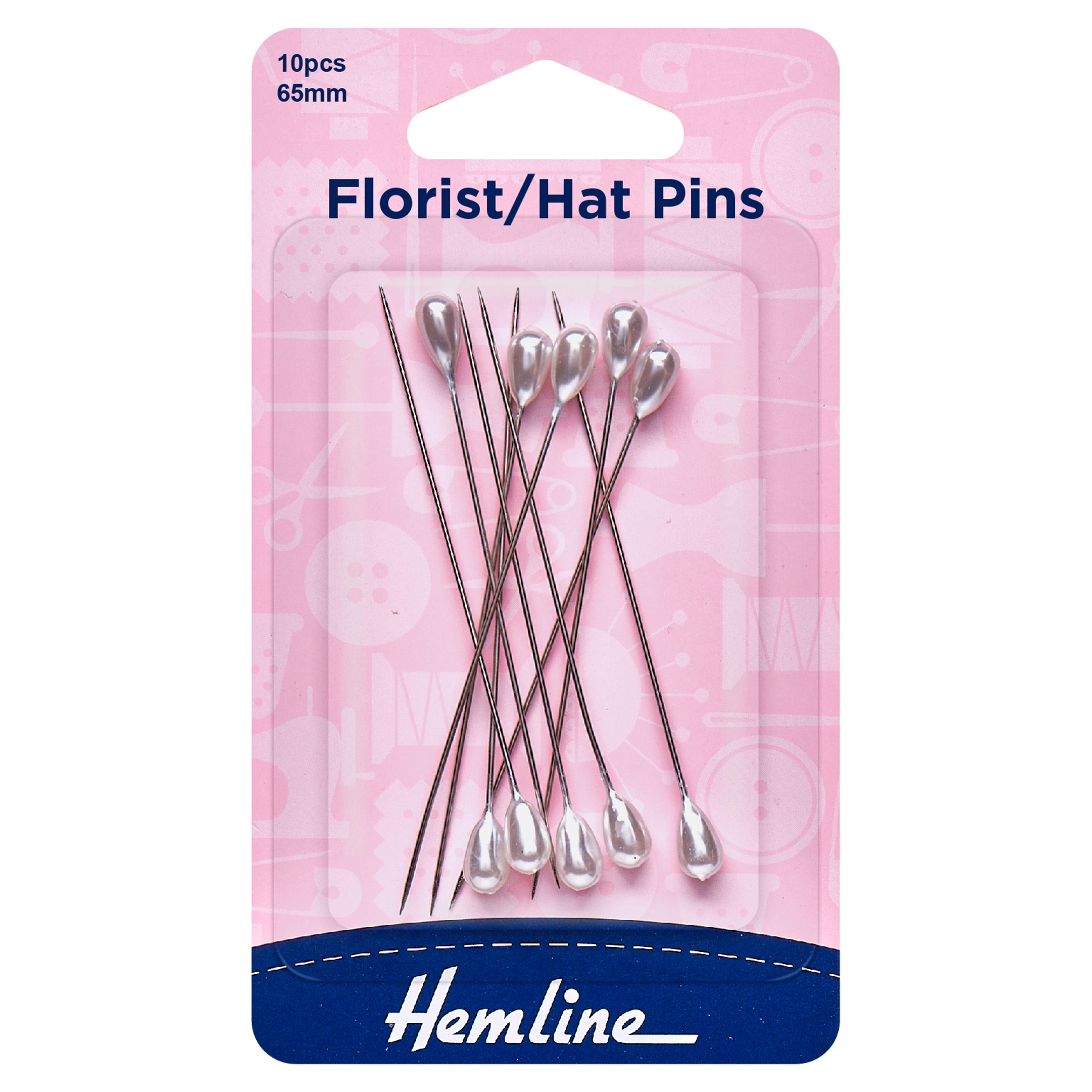

Sewing Terms
Blocking – Blocking is a technique often used with knits or knitted fabrics (refer to description above) and crochet fabric to introduce moisture into the fabric to allow the fibres to ‘bloom’, so the fabric can be shifted, stretched and shaped into its ideal shapes before sewing.
Basting - Basting is a long, loose stitch designed to hold fabrics together temporarily, but is removed after the final stitching. For example, basting the side seams of a skirt to check the fit, and once the final stitching is put into place, the temporary basting thread is removed.
OUR BLOG POST
Introducing Pebeo Setacolor Leather Paints: Customization & Repair for Leather Products
Pebeo Setacolor Leather PaintsOverviewJust in time for your creative projects, we’re thrilled to ann...
A Guide to Sewing Needles and finding the point!
A Guide to Sewing Needles and finding the point!Sewing needles are the chief tool used for sewi...
Sewing Pins - What a choice!!
The helpful guide to choosing what pin does what and where best to stick it!Sewing pins are one of...
Dangling Decor for Spring and Easter Fun!
Hello one and all!Easter is fast approaching, so we thought we'd share with you the steps to making...
WYS Elements DK : Sustainable Knitting
It's now more important than ever to look after our planet and there are lots of little adjustments...
The Importance of Mistakes
It’s easy to feel discouraged when we’re not immediately great at a craft but mistakes are all part...
